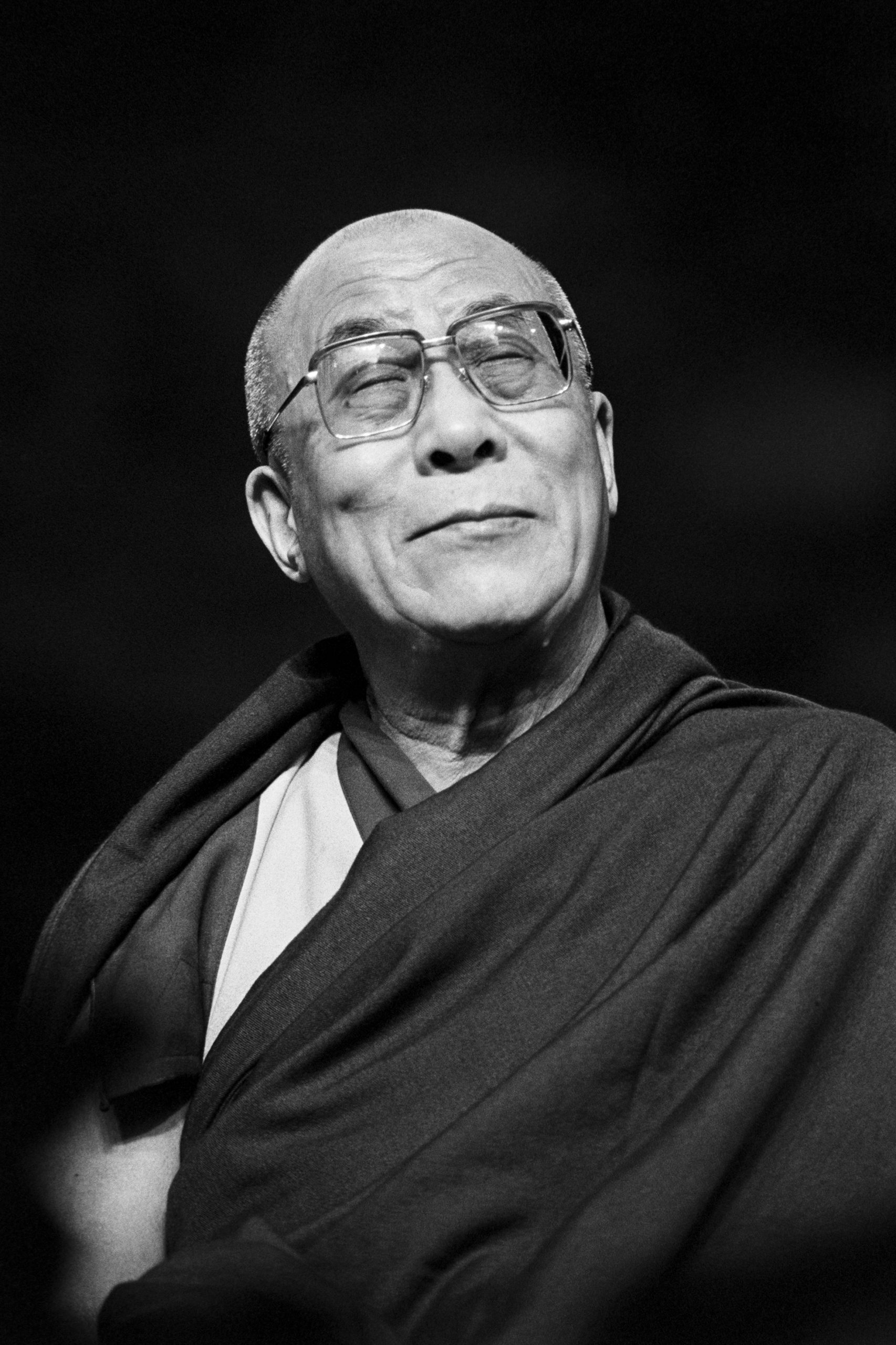How Nintendo made Super Mario Bros. Wonder so weird
Super Mario Bros. Wonder director Shiro Mouri (left) and producer Takashi Tezuka (right). | Image: Cath Virginia / The VergeSuper Mario Bros. Wonder is a game filled with oddball ideas. Thanks to magical flowers that, once collected, introduce some...
/cdn.vox-cdn.com/uploads/chorus_asset/file/25354782/247059_Keeping_Mario_Weird_V2_CVirginiaA.jpg)
Super Mario Bros. Wonder is a game filled with oddball ideas. Thanks to magical flowers that, once collected, introduce some unexpected new element, players experience everything from a bunch of Piranha Plants simultaneously bursting into song to Mario turning into a sentient pile of goo. It has so many ideas, in fact, that director Shiro Mouri wasn’t sure the team could pull it off. “At first when I heard that we’d be creating one wonder effect per course, and that all of the courses are going to have different wonder effects,” he tells The Verge, “I thought: ‘That’s stupid. That’s impossible.’”
As it turns out, the problem wasn’t so much coming up with ideas. The developers at Nintendo brainstormed a lot of potential powers — around 2,000, which were jotted down on sticky notes and placed on a big board in the company’s Kyoto office for everyone to see. According to producer Takashi Tezuka, who has worked on the franchise since the original Super Mario Bros., the game had not only a large development team but also an extended ideation process for coming up with those different wonder flower concepts. During this time, no idea was too out there. At one point, Koji Kondo, the famed composer behind the iconic tunes of Mario and Zelda, pitched a flower that would turn Mario into a human-size live-action version of himself. “They had an environment to think freely in and come up with ideas,” Tezuka says of the process.
They were able to whittle down the list by coming up with criteria for what would actually fit the game: for an idea to work, it had to have some kind of connection between the moment before the effect takes place, and it had to be something that impacted the gameplay. So something purely aesthetic, like a bizarre live-action Mario, didn’t fit the bill. Mouri similarly thought up a flower that would make Mario pixelated, but it had the same issue. “While this was my own idea, I was the one who ultimately nixed it,” he says.
Image: Nintendo
Once the list was edited down significantly, the next step was building playable prototypes. To do this, the team split into groups, teaming up an artist, a designer, and a sound artist. “They would create something, and then they would share the idea with the other teams, and people would discuss and combine and add and tweak,” Tezuka says. “The first idea isn’t what we would consider the best idea. It was the basis on which the layers were added by the other teams, that’s what would become the idea that we would use.”
Image: Nintendo
Some ideas were simply cut at this point. One example involved turning Mario’s head into a gigantic 8-bit rendition of itself, but instead of pixels, it was made of bricks… which enemies would then try to eat piece by piece. In practice, there wasn’t much strategy; players simply had to run to the end as fast as they could before their head disappeared. Other ideas morphed during the prototype stage.
One of the earlier levels in Wonder has Mario running on a herd of stampeding blue bulls. In the initial concept, the bull was a rhino that could smash through everything on its way to the end of a level. But that proved too simplistic and easy. “The idea was interesting, which is why we decided to prototype it,” Mouri says. “But once we did prototype it we realized that there was a challenge there.” So, as a twist on the Mario formula, the designers made it so the creatures actually knock over everything, including the flagpole at the end, extending the level further.
That idea of reimagining Super Mario staples was an important part of the process, Tezuka says. While Wonder is very much a 2D side-scrolling game like its predecessors, it also makes many important tweaks to the formula. The map is more open so you can approach stages in different orders, and there are new badges that grant special abilities, letting players customize the experience to their liking. The previously stable green pipes can now wobble and move, and sometimes you can’t even depend on gravity. “We really went through element by element,” Tezuka explains. “Do we need a 1-up system? Do we need a timer? Do we need all of these things that are traditional Mario staples? We looked at and evaluated each one.”
That constant interrogation of what a Super Mario game should be might be part of why the formula hasn’t grown old, despite being around for close to 40 years — and how Wonder, in particular, manages to keep on surprising until the very end. At a time when the plumber is as popular as he’s ever been, with a hit movie and theme parks around the world, his outings also seem to be getting stranger and stranger. “I don’t know if there’s a limit,” Mouri says, when asked if it’s possible for an idea to be too weird for Super Mario. “I think it really comes back to if the gameplay is fun.”

 BigThink
BigThink 































